Board mergers, usually come as a ‘package’, based on the joining of two, or occasionally more organisations. The organisational aspects of a merger are well covered with yards of books and learned articles on effective change and cultural management. Merging the Board is murkier backwater, with the ‘governing’ framework usually being a Master Shareholder Agreement, hammered out by lawyers, through an often traumatic negotiation of share percentages, role allocation, voting rights and allocated NEDs and Directors with prescribed succession criteria.
When the ‘deal’ is done there is a sigh of relief and the organisation starts to marshal itself to deliver the integration and vision of an aligned and effective merged organisation. The Board is left with a legally focused reference book designed by a committee to govern its deliberations.
In working with client Boards who recognise the challenges this creates, we have been able to support the merged Board to rise above this potential legal quagmire, and to focus on behavioural goals of board effectiveness, to provide leadership and ‘signal’ to the organisation an integrated future. This is particularly true where there is a previous experience of different governance jurisdictions and guidelines, for example the distinctions between the role of the Chairman and CEO.
This accelerated effectiveness and behavioural dynamic for the Board consists of both ‘hard’ procedural activity and a ‘softer’ behavioural focus to optimise the Board, and covers a number of areas:
- Engagement and Traction, covering a Chairman support programme, setting the programme agenda and Board Director support and coaching as appropriate. Structured interviews and engagement are used with all the Board Directors and key stakeholders, providing a foundation upon which to build an effective Board.
- Leadership and Board Dynamics, focused on collective Board dynamics and facilitated ‘Board To Be’ integration sessions, accelerating the ‘getting to know you’ process after and during, often tough negotiations, using a collective board dynamics profile gathered from psychometric questionnaires.
- Roles and Committee Shaping, shaping the Board capabilities and balance for the future, developing Board, Committee and Director Role Definitions, and strengthening and aligning Committee’s Terms of Reference, to best practice. With the Chairman and the Directors rising above some minimum legal criteria, to inspire the Board to give of its best.
- Procedural Alignment, which requires the optimising and Integrating of the Board structures and information, an accelerated corporate governance development, and an optimising of the Board working styles. This ensures everyone is on the same page and the information is purposefully designed for the Board to provide insight.
All this activity provides for a Board which is truly leading the organisation and setting the standards and tone for integration, alignment and behaviour across the newly merged organisation. Also in a practical financial sense it also provides comfort to potential future investors, that the Board is operating and thinking independently and effectively, over and above the vested interests that are part of the merged entity.
These principles also apply to any situation where the Board is being re-modelled, such as preparing for an IPO, adjusting to new external investors or refreshing the Board following a demerger, ‘crisis’ or rapid intake of ‘new’ directors. It responds to the need to actively accelerate a Board’s behavioural learning curve and development in the limited time they have to meet and not leaving it to chance. Creating a balance of the ‘science’ of a strong procedural foundation with the ‘art’ of a dynamic approach to Board interaction.

